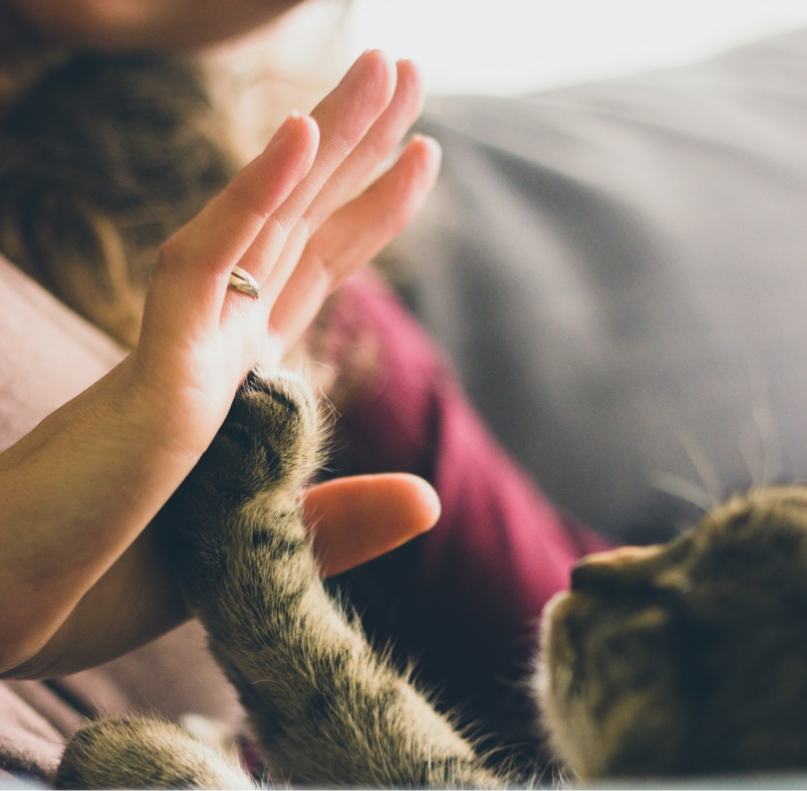Have you ever seen a clipped ear cat and wondered what it meant? Feral cats in Florida are often part of trap-neuter-release (TNR) programs, which are critical for managing the population of homeless cats in the wild. Clipping a cat’s ear (also called ear-tipping) after it has been neutered or spayed signals to the community that organizers don’t need to spend time and resources trapping a feral cat and prepping it for the procedure.
Is There a Case to be Made for Fewer Clipped Ear Cats?
Many animal lovers and pet owners often wonder whether clipped ear cats are harmed in any way throughout this process—and whether ear-tipping specifically hurts the animals. This level of compassion comes from a positive place and shows that our communities are full of people who want to protect our furry friends. But the reality is that the process of clipping a cat’s ear is almost entirely painless. And TNR programs save hundreds of cat’s each year, playing an essential role in minimizing the number of feral cats in Florida who aren’t in loving homes.
What Steps Do Veterinarians Take for the Safety of Clipped Ear Cats?
No other method of identifying neutered and spayed feral cats has proven to be as safe and effective as ear-tipping. And there is a list of precautions that veterinarians take to ensure that the procedure is safe and as painless as possible.
1. Anesthetize the Cat
The cat will be under anesthesia for the spaying or neutering procedure, so the animal won’t feel a thing—just like when humans have surgeries or get moles removed.
2. Examine the Ears
As a service to the cat, and to help improve the overall health of feral cats in Florida, veterinarians will examine the cat’s ear for mites, debris and infections, treating the animal as necessary.
3. Carefully Apply a Sterile Scrub
Vets will then apply a sterile scrub to the top portion of the cat’s left ear (the procedure calls for removing only the top 1 cm). Doing so will prevent the solution from entering the ear canal.
4. Make a Clean Cut
Scalpel blades or sharp scissors are used, along with a hemostat (a clamp-like instrument that prevents the flow of blood), to minimize bleeding. The goal is to create a clean straight line that can’t be confused with bite wounds or other ear injuries a feral cat might acquire in its lifetime.
5. Apply a Hemostatic Paste
This paste, which vets have ready as soon as the ear has been clipped, is applied with a cotton ball to stop bleeding. And the lidocaine in the mixture will lessen any discomfort the cat may feel once it’s awake, reducing head shaking.
Veterinary professionals take every safety precaution possible with clipped ear cats because they care about improving the lives of feral cats in Florida, and across the United States. Animal lovers everywhere can rest assured that ear-tipping doesn’t hurt the cat any more than a routine trip to the dentist hurts a human.
Florida Animal Friend is committed to saving the lives of cats and dogs through low-cost spay and neuter and trap-neuter-release programs. For more information on Florida Animal Friend, or to contribute to our goal of ending animal overpopulation throughout the state, please purchase a plate or donate today.

